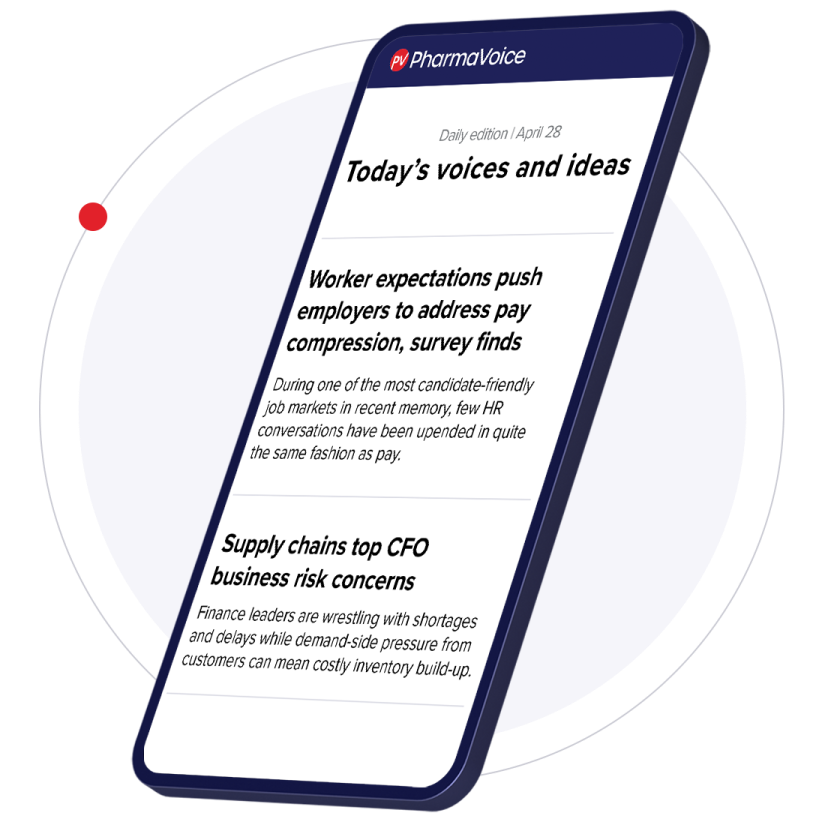One of the most difficult aspects of developing treatments for Alzheimer’s disease is understanding the mechanisms of neuron death amid amyloid plaques, tau tangles and other forms of toxicity that are all engaged in a complex web.

While amyloid plaques have been the target of choice for approved therapies like Kisunla from Eli Lilly and Leqembi from Biogen and Esai, researchers are still on the lookout for deeper connections to treat the disease earlier and more effectively.
Apart from the amyloid hypothesis, tau tangles have been shown to more reliably predict which parts of the brain are affected by Alzheimer’s disease, potentially leading to treatments that could make a difference in disease progression.
“I would love to know why neurons die,” said Fiona Elwood, vice president and disease area leader in neurodegeneration at Johnson & Johnson Innovative Medicine. “We still have a lot of unknowns. Why does amyloid trigger tau aggregation and the spread of tau through the brain? If we knew the mechanism that links amyloid to tau, that could be an opportunity to intervene at this critical acceleration point in disease progression.”
J&J recently picked up a fast-track designation for posdinemab, a monoclonal antibody that targets tau tangles, adding to the company’s Alzheimer’s roster that also includes a fast-tracked anti-tau immunotherapy called JNJ-2056. Both candidates are entering phase 2b trials, with posdinemab’s fully enrolled.
“We’re excited about the potential of posdinemab because it’s tau that predicts disease progression in patients,” Elwood said. “Whilst amyloid may be more of a triggering factor, tau appears to be the driver of neurodegeneration and cognitive decline.”
Still, Alzheimer’s research isn’t a zero-sum game — both options could be useful in different patients or those at a different point in their disease.
“This is a huge population with great unmet need, and there’s going to be opportunity for multiple mechanisms of action,” Elwood said.
Reprioritizing the pipeline
J&J has been in the Alzheimer’s R&D space for more than 30 years, and what helped the company turn a corner was the discovery of biomarkers to determine which patients will benefit most at the right times. But the disease has been tricky, and the company had to trim the neurodegeneration pipeline last year to keep resources flowing to more likely prospects.
The most high-profile of these cuts was the discontinuation of the mid-stage Alzheimer’s candidate seltorexant, which was being studied as a potential treatment for the agitation and aggression that patients (and their caretakers) often contend with. J&J will continue to pursue seltorexant as a treatment for depression and insomnia.
But Elwood noted that the pipeline adjustments give the company a chance to redouble efforts on therapies like posdinemab.
“We have to do this all the time,” Elwood said. “We’re making sure to channel our resources to the drugs that are most likely to have an impact on patients, and [posdinemab] is targeting a new mechanism of action with the goal of disease modification.”
Posdinemab is unique in that it targets tau outside of the neuron cells — traditionally, tau is thought to be inside cells while amyloid builds up between neurons. The extracellular phosphorylated tau was discovered about 10 years ago as a potential means by which the tangles proliferate in a patient’s brain, Elwood said, noting that posdinemab has been shown to block that spread.
“We want Alzheimer’s to be ancient history. The way to go about that is to identify patients as early as possible and target key drivers of disease like tau.”

Fiona Elwood
VP, disease area leader in neurodegeneration, Johnson & Johnson Innovative Medicine
Tau-targeted therapies have stumbled in the clinic before, though. From Biogen’s gosuranemab to Lilly’s zagotenemab to Roche and AC Immune’s semorinemab, the industry’s perseverance has been tested by many failures.
J&J stuck with tau for its remaining pipeline candidates in Alzheimer’s because researchers like Elwood believe the protein exhibits the most potential in cognitive decline. While approved therapies like Leqembi and Kisunla have demonstrated an ability to reduce amyloid in the brain, their clinical effectiveness has been called into question.
“These [anti-amyloid therapies] are great because they’re the first disease modifying therapies, and they show it’s possible to slow disease progression in Alzheimer’s patients,” Elwood said. “Posdinemab is different because it targets tau, which correlates really well with cognitive decline — this is why we think tau is a great target and why we’ve invested in these two therapies.”
An intermediate start
With posdinemab, J&J is focused on patients in a particular sweet spot for therapeutic intervention. Using a PET scan, they determine which patients have enough tau to measure the spread, but not so much tau that intervention could be too late.
“We’ve used tau PET and novel analytic methods to enroll this intermediate level of tau, and we’re the first tau monoclonal antibody to use that precision approach,” Elwood said. “We’re enrolling a patient population where we think we’re most likely to match that mechanism of action.”
Although competing pharma companies are operating in different ideological camps — amyloid, tau and otherwise — Elwood said there is a sense that everyone is also working together against the disease.
“We have to recognize what a radical change these new amyloid removal therapies represent for the field — if you were a patient who was experiencing cognitive decline five or even three years ago, what would your diagnosis pathway be?” Elwood said. “No blood tests, costly and invasive diagnosis procedures and only a symptomatic therapy along with the phone number for the Alzheimer’s Association — now we’re talking about well-based biomarkers to diagnose patients.”
The slow uptake of anti-amyloid drugs hasn’t deterred J&J’s own efforts, Elwood said, because posdinemab could enter a changed landscape in the event of an approval down the road.
“I don’t think it’s that surprising we’re seeing slow uptake because the whole system has to change in order for patients to access these therapies,” Elwood said, pointing to difficult diagnosis and treatment schedules, as well as side effects that could scare off payers. “These are meaningful therapies that represent meaningful change, but there’s still a huge opportunity to improve on them from the perspective of efficacy, safety and convenience.”
As for J&J’s other Alzheimer’s candidate JNJ-2056, Elwood said the convenience of an intramuscular immunotherapy against the disease could be “a game-changer for patients,” particularly those in an earlier stage of the disease.
“We want Alzheimer’s to be ancient history,” Elwood said. “The way to go about that is to identify patients as early as possible and target key drivers of disease like tau, as well as other mechanisms that can stop patients from ever moving to that place where they experience symptoms and cognitive decline.”




















